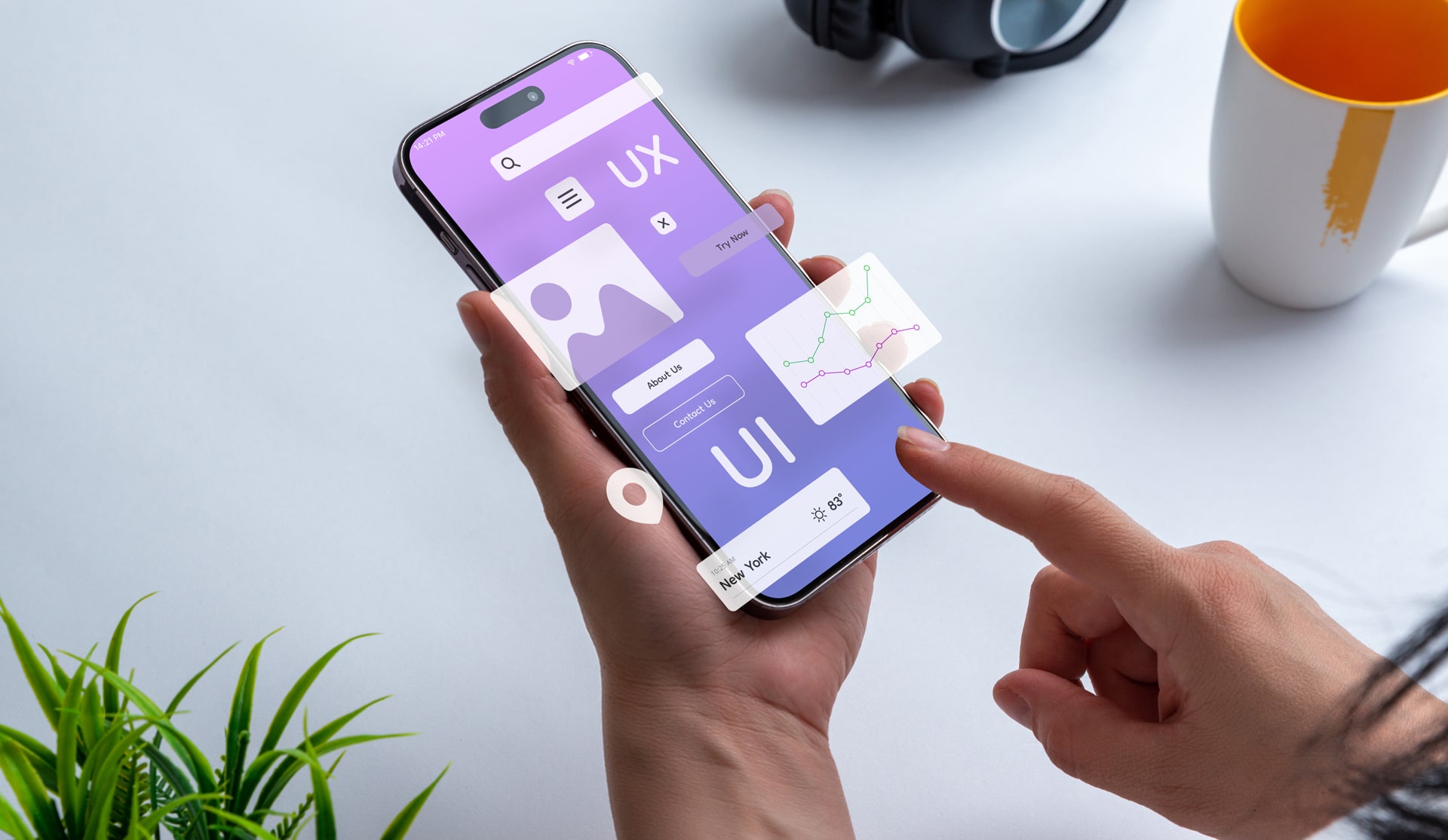
Why Prioritizing Web Design & User Experience is Crucial for Conversion Rate Optimization
In our digital-driven world, it's essential for businesses to make their mark online. However, just having a website doesn't cut it anymore. It needs to be crafted with care, keeping the experiences and journeys of our clients and customers at the forefront. Here, we discuss how to leverage your web design to improve user experience, increase conversions and propel your business's success.
User Experience (UX) and a functional User Interface (UI) are pivotal components in web design. UX refers to the overall experience a user has while interacting with a website (think buttons and navigation). On the other hand, UI focuses on the aesthetic elements of a site, including layout, visuals, and overall appearance. When UX/UI are harmoniously integrated, they create a website that is both visually appealing and user-friendly.
Conversion Rate Optimization (CRO) is the process of increasing the percentage of website visitors who take a desired action, be it making a purchase, signing up for a newsletter, or filling out a form. CRO involves understanding how users move through your site, what actions they take, and what's stopping them from completing desired goals. The objective of CRO is to make every website visit as valuable as possible, turning passive browsers into active customers.
A well-designed website can significantly impact conversion rates by enhancing user satisfaction and trust. Elements like clear Calls-to-Action (CTAs), intuitive navigation, and pleasing design elements can guide users effortlessly through their journey, encouraging them to convert. Conversely, a poorly designed website can deter users, leading to increased bounce rates and lost conversion opportunities.
To design a user-friendly website, make sure you:

With just about everyone using mobile devices, a mobile-responsive design isn't simply an option anymore—it's mandatory. It ensures that users have an optimal viewing experience, regardless of the device they use. A mobile-friendly website adjusts seamlessly to different screen sizes, improves user engagement, and contributes significantly to higher conversion rates.
Yes, website speed is directly related to user experience and can profoundly impact conversion rates. No one wants to sit around waiting for your home page to load, and believe us, they won't even try. Plus, if you have a slow website, you may not even show up in users' search results.
Core Web Vitals are a set of metrics Google uses to measure aspects of web usability like load time, interactivity, and visual stability. Poor scores on Core Web Vitals can lead to lower search engine rankings and hinder visibility, therefore negatively impacting traffic and conversions.
Search Engine Optimization (SEO) is the practice of optimizing a website to rank higher on search engine result pages, enhancing online visibility. As you might have guessed, SEO, UI/UX and web design are interconnected. A well-designed, user-friendly website that adheres to SEO best practices is more likely to rank higher, attract more traffic, and convert more users. Core Web Vitals, as mentioned above, is a critical aspect of SEO, meaning the better you score, the better your ranking potential.
AB testing, or split testing, is a method used to assess the performance of different versions of a webpage. By altering elements like CTAs, images, or headings, businesses can determine which version resonates more with users and leads to higher conversions. Regularly conducting AB testing enables continuous improvement of website design and UI/UX, ensuring that the site stays aligned with user preferences and behaviours. This allows for the finetuning of conversion rates.
If all these acronyms are making your head spin, we don't blame you! Navigating the intricate landscape of web design is a full-time job. With specialists spending their entire careers refining their skills—it's not something you should have to juggle alongside running your business. Professionals bring in-depth knowledge, experience, and tools to analyze and enhance every aspect of your website, ensuring it not only looks good but also performs perfectly. If you want to transform more visitors into loyal customers, then hiring a professional to help is the way to go.
Ready to optimize your website for unparalleled user experience and conversion rate success? Contact Blue Ocean Interactive Marketing today to schedule a discovery call with our team of experts.